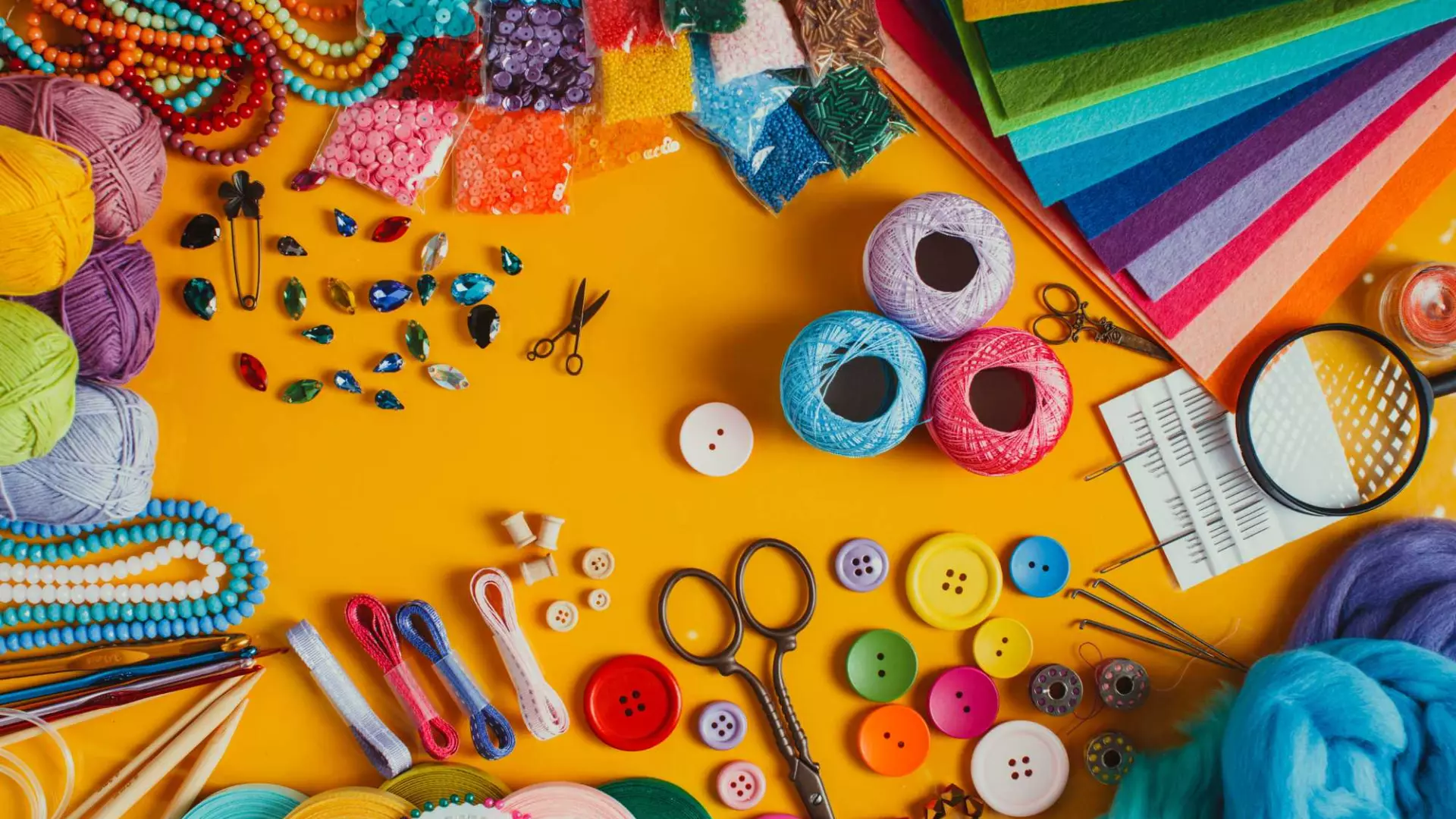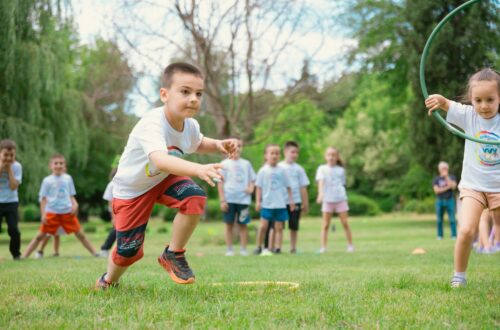Creativity is a boundless gift, and for children, it’s a vital part of their growth and development. The natural ability to think imaginatively is something that thrives in childhood, but if not nurtured, it can fade over time. Encouraging creativity at an early age helps children develop critical cognitive skills, like problem-solving and critical thinking. One of the most effective ways to nurture a child’s creativity is through simple arts and crafts projects. These activities not only entertain but also serve as a gateway to exploring new ideas, honing fine motor skills, and fostering self-expression.
In this article, we’ll explore how simple arts and crafts projects can help cultivate creativity in children, whether at home or in a classroom. By providing children with hands-on experiences, you can ignite their imaginations and build a foundation for creative thinking.
For a deeper dive into fostering creativity through arts and crafts, check out this article.
The Importance of Creativity in Childhood Development
Creativity is not just about artistic expression—it’s a tool that encourages children to think outside the box, solve problems, and engage with the world around them. In a world that is increasingly focused on structured learning and standardized testing, arts and crafts provide a welcome respite. These activities are less about following precise instructions and more about exploring personal choices, which allows children to experience the process of creation.
From an early age, children are naturally curious and eager to learn. Providing them with opportunities to explore creativity lets them develop their cognitive skills in a fun, engaging way. Arts and crafts teach children the importance of trial and error, experimentation, and resilience—skills that are valuable both in and out of creative contexts.
Simple Arts and Crafts to Spark Creativity
You don’t need a studio full of expensive materials to encourage creativity. Simple arts and crafts projects can be done with everyday items found around the house or classroom. These projects promote imagination, problem-solving, and the joy of hands-on creation. Here are some easy-to-implement ideas:
1. Paper Collage Creations
One of the simplest ways to foster creativity is through paper collage projects. Gather a variety of colored paper, magazines, or fabric scraps and let children cut, tear, and glue them together to create something new. This project not only helps children work on their fine motor skills, but it also encourages them to think critically about how to piece different shapes, colors, and textures together. Children can create abstract designs, scenes, or even portraits, using their imaginations to fill the page.
2. Clay and Playdough Sculptures
Sculpting with clay or playdough allows children to explore three-dimensional creativity. The tactile experience of molding soft materials can enhance sensory development while giving children the freedom to create whatever they envision. From animals to abstract shapes, clay offers endless possibilities. This type of project can improve hand-eye coordination, patience, and concentration, while also encouraging children to see a tangible result of their efforts.
3. Painting and Drawing
Painting and drawing are classic arts and crafts activities that provide children with an outlet for self-expression. The freedom of using different colors and textures lets children explore their inner thoughts and emotions. Watercolors, tempera paints, and crayons are all fantastic tools for creating vibrant, expressive artwork. Whether it’s a landscape, a portrait, or a completely imaginative scene, painting and drawing help children understand the power of visual communication.
4. DIY Sensory Bottles
Sensory bottles are simple to make and incredibly engaging for children. Using clear plastic bottles, fill them with materials like beads, glitter, water, and food coloring, and seal them tightly. When children shake or roll the bottles, they experience visual stimulation that can calm and focus the mind. The process of designing and creating these bottles taps into a child’s imagination, while the end product provides a soothing sensory experience.
5. Nature Art
Nature is a rich source of inspiration for creativity. Taking a walk outdoors and collecting natural items—leaves, twigs, stones, flowers—can inspire children to create art that reflects the world around them. Children can arrange these objects into beautiful designs, create nature prints, or use them to make texture rubbings. Not only does this activity spark creativity, but it also teaches children to appreciate the beauty of nature.
Benefits Beyond the Art
Engaging in simple arts and crafts projects provides children with far more than just an opportunity to create. These activities have multiple benefits, some of which may surprise you:
- Critical Thinking and Problem-Solving: Arts and crafts allow children to make decisions and solve problems. When they figure out how to create something from scratch or decide how to solve a design challenge, they practice cognitive flexibility.
- Emotional Expression: Art is an excellent way for children to express their emotions. Whether they are feeling happy, frustrated, or excited, creative activities provide an outlet for expressing these feelings.
- Fine Motor Skills Development: Cutting, drawing, gluing, and painting all require precise hand-eye coordination. Arts and crafts help children develop their fine motor skills, which are crucial for later tasks like writing and using utensils.
- Building Confidence: When children complete a project, they gain a sense of pride and accomplishment. This helps to boost self-esteem and fosters confidence in their ability to create and problem-solve.
How to Encourage Creativity at Home or in the Classroom
At home or in a classroom setting, fostering creativity doesn’t require a special environment or complex materials. Instead, it’s about creating an atmosphere where children feel free to explore, make mistakes, and express themselves. Here are a few tips to help encourage creativity in children:
- Provide Open-Ended Activities: Avoid overly structured projects that limit a child’s ability to make their own choices. Give them open-ended materials and let them decide what to create.
- Celebrate Process Over Product: The focus should be on the creative process rather than the end result. Emphasize the joy of making and experimenting over the need for perfection.
- Encourage Exploration: Let children explore various mediums and techniques. Try finger-painting one day and clay sculpting the next. Each new experience fuels creative thinking.
- Create a Creative Space: Dedicate an area in your home or classroom for creativity. It could be as simple as a table with accessible supplies where children can come and go freely.



